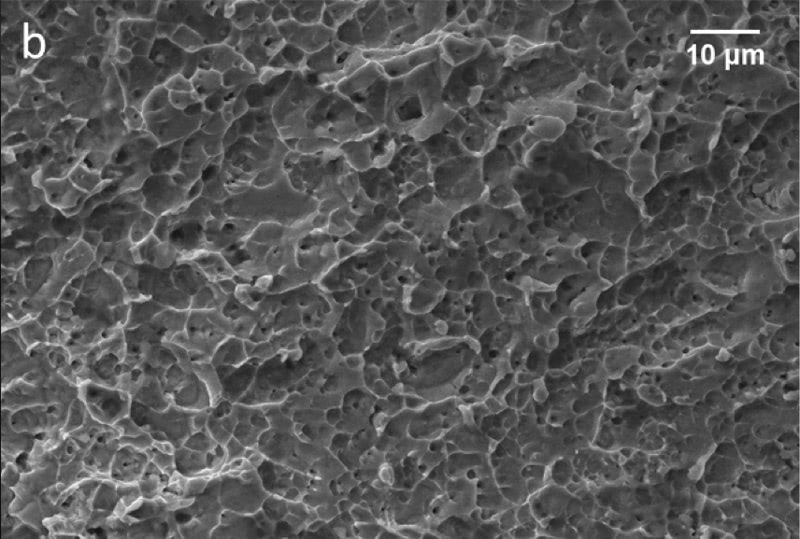
Thermo-mechanical characterisation of super-elastic Ni-Ti biomaterials
Brief description
Nitinol is a biocompatible alloy commonly used in a number of medical implants, such as angioplasty stents, transcatheter heart valves and dental implants, due to its unique super-elastic behaviour. However, the mechanisms responsible for its uncommon mechanical response are still unclear and, therefore, not fully exploited. In particular, the super-elastic behavior is due to a reversible stress-induced transformation from an austenitic to a martensitic crystal configuration, associated with a release/absorption of heat. In this project we exploit these effects to gain a better understanding of the phenomenon and a more accurate characterisation of nitinol.
This project involves the participation of Ms Sofia Di Leonardo (Ri.MED and University of Palermo).
Impact:
A more accurate understanding and characterisation of nitinol’s behavior would contribute to increase the safety of medical devices based on this material. The combined implementation of Digital Image Correlation and Infrared Thermography optical techniques, adopted in this project, can support the evaluation of the thermo-mechanical behaviour of this complex material in critical biomedical applications, extending their potential durability.
Pipeline
-
CLINICAL
NEED -
DISEASES
ANALYSIS - DISCOVERY
-
PRECLINICAL
VALIDATION -
PRECLINICAL
DEVELOPMENT -
CLINICAL
STUDIES

Principal Investigator
Contact
Therapeutic area:
Products:
Medical devices & tissue engineering
Collaborations:
- Università degli Studi di Palermo, Palermo, Italia
- University College London (UCL), Londra, Regno Unito
Scarica il pdf del progetto
